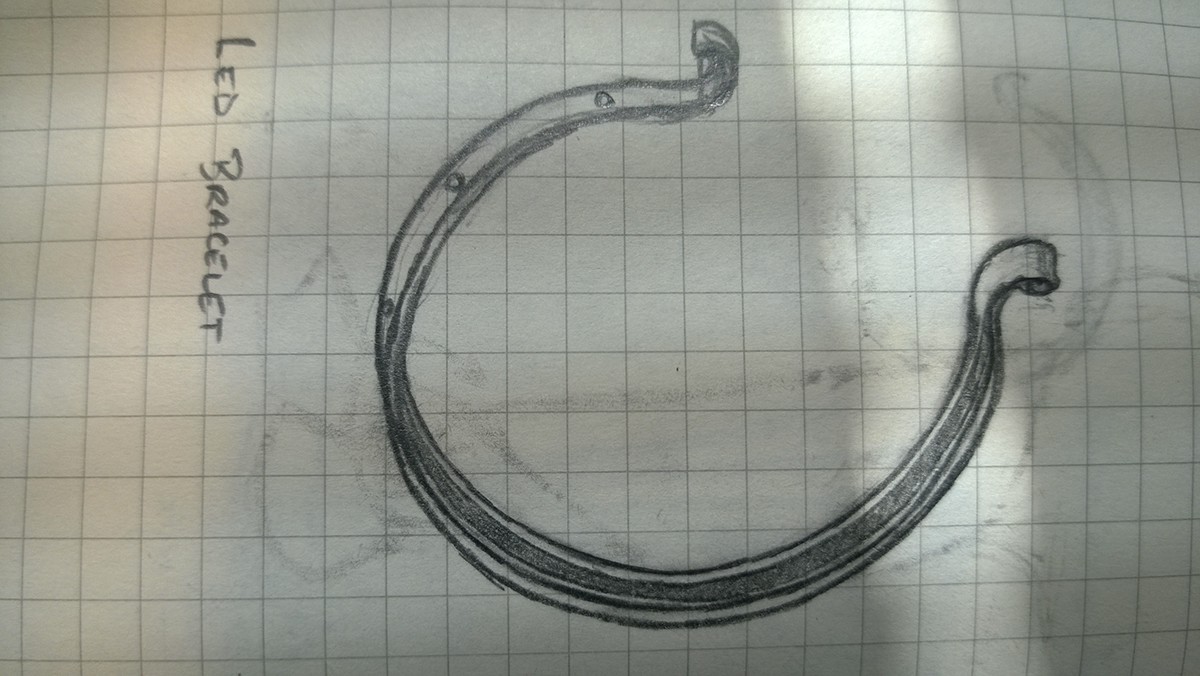As an avid runner, with recent employment in a hospital (and an abundance of technical creativity), I've become increasingly interested in human anatomy and augmentation. I find myself asking questions like "what would I do if I didn't have the use of my arms or legs?" This isn't a question, but a reality for many people around the world. With home-prototyping and garage-manufacturing becoming more available to the average person, I turned my attention to what I call attainable (and sustainable) prosthetics.
From 3D-printing designs to simplified concepts of motion, I'm exploring the questions I've been asking myself and attempting design affordable, effective replacements for the everyday tools most of us take for granted.

Something like the overlapping fibers of muscle tissue, this design's intent is to be printed in a sturdy, flexible plastic or vulcanized rubber. Part of an interchangeable framework, this would wrap around the mechanical replacement of a forearm to aesthetically hide or customize the underlying structure.

Researching existing affordable prosthetics, I found many designs which incorporate the use of thin wires or cables to articulate digit motion. Most of these designs use only one wire per digit. Most designs also form the visible structure of the appendage and lack the delicacy and accuracy of the human hand. Here, I was attempting to investigate the use and potential spatial concerns that might arise by mimicking the bone structure in the hand, and using two wires per digit (one for flexion, one for extension). Theoretically, this structure would be covered by another material mimicking muscle, cartilage and tendon.

Some of the most impressive structures on Earth are naturally created and I wanted to emulate the classic spirals of the nautilus shell in an attractive, individualized way. I also like to see how things work, so this design leaves a portion of the implied underlying mechanics of a prosthetic exposed for viewing.

While not a prosthetic device, I began toying with the idea of electrical devices powered by the electric current of the human body. This bracelet was designed to contain no battery, but be directly powered by the minimal current of the wearer. Effectively, the 8-10 LEDs mounted in the material surface would light only while the jewelry was being worn.
Of course, I haven't fully realized this concept yet, and even preliminary research revealed that drawing current from the human body would likely result in an electrolyte imbalance, but a low-power device such as this wouldn't do anything a glass of OJ couldn't solve.

With this prosthetic leg cover, I was starting to explore the sci-fi side, giving this design a sleek, robotic appearance, while also understanding the need for an adapting structure with each step.


